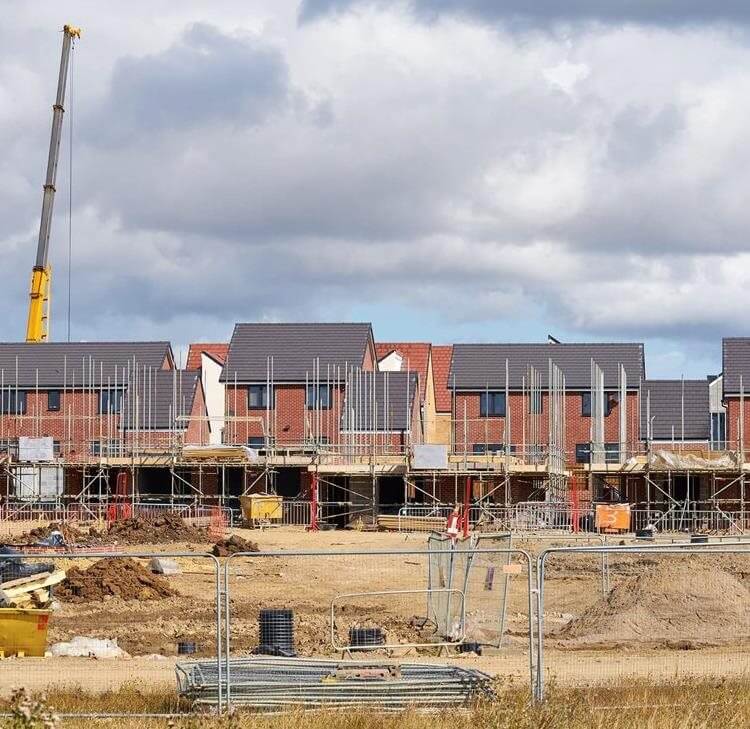UK Shared Prosperity Fund Pre-launch Guidance
A summary of UK Shared Prosperity Fund Pre-launch Guidance, with considerations for local stakeholders, groups, organisations and Lead Local Authorities.
The UK Government released the UK Shared Prosperity Fund: Pre-launch Guidance (“Guidance”) on 2 February 2022. The Guidance on the UK Shared Prosperity Fund (“UK SPF”) outlines information for local authorities and local partners across the UK on the aims of the UK SPF, its contribution to shared objectives and the delivery roles of the UK Government and local partners across the UK. This was published at the same time as the Levelling Up White Paper (“White Paper”), the UK SPF being a key component of the levelling up agenda.
The UK SPF delivered by the Department for Levelling Up, Housing and Communities, will provide the UK with £2.6 billion of funding for local investment, to be used by March 2025. The funding will be shared and allocated across the UK, rather than a competition being held for areas in the UK to compete for funding, as was the case in the pilot scheme of the UK SPF, the UK Community Renewal Fund (“UK CRF”). Areas in the UK will be provided with a share of the UK SPF; this provision recognises that even the most affluent parts of the UK contain pockets of deprivation and need support, and so will cater to these areas as well as the most deprived and everything in between.
Objectives of the UK SPF
The primary goal of the UK SPF is to build pride in place and increase life chances across the UK. In particular, the UK SPF will enable improvements to the places people live in, as well as support to individuals and businesses, particularly noting the challenges town centres and communities have faced during the Covid-19 pandemic. The UK SPF will assist the Government with the four parts of levelling up proposed in order to:
- boost productivity, pay, jobs and living standards, especially in those places where they are lagging;
- spread opportunities and improve public services, especially in those places where they are weakest;
- restore a sense of community, local pride and belonging, especially in those places where they have been lost; and
- empower local leaders and communities, especially in those places lacking local agency.
Investment priorities
There are four main investment priorities, the first three of these were also main investment priorities of the UK CRF:
- Communities and Place: this focuses on strengthening the UK’s social fabric and creating a sense of local pride and belonging and building resilient and safe neighbourhoods.
- Local Businesses: this focuses on creating jobs and boosting community cohesion, promoting networking and collaboration, and increasing private sector investment in growth-enhancing activities.
- People and Skills: this aims to boost core skills and support adults to progress into work, by targeting adults with no or low-level qualifications in skills and maths and upskilling the working population; also supporting disadvantaged people to access the skills they need to progress in life and work, with support from local areas in funding the local skills needed. The investment priority aims to reduce levels of economic inactivity and move the furthest individuals from the labour market closer to employment.
- Multiply: in order to enhance UK adult numeracy, each local area must invest a ring-fenced amount in local Multiply interventions, as managed by the Department for Education (who also deliver the National Digital Numeracy Platform, allowing individuals to learn at their own place and pace).
What happens next?
The Government has identified and confirmed which geographical areas have been chosen to lead and deliver under the UK SPF (“Lead Local Authority”) as set out in the Delivery Geographies Guidance. Each Lead Local Authority should:
- start considering and identifying a diverse range of local stakeholders, appropriate groups and organisations, which may also include collaborations with other places in the UK;
- await a conditional allocation of UK SPF funding from the Government;
- once the conditional allocation is received, prepare an investment plan; this must set out measurable outcomes to be delivered, and confirmation of the interventions the area is choosing to prioritise, as well as take account of the wider funding landscape; in particular, complementary interventions such as the Levelling Up Fund or other national or local schemes, including employment and skills schemes; and
- submit the investment plan in the summer to the UK Government for approval.
We are expecting three further sets of guidance:
- the Department for Education will shortly release further details on the delivery of Multiply to assist with local preparations; please note that this will be managed differently to other components of the UK SPF fund;
- guidance on operation of the UK SPF will also be provided with specific rules; and
- a full prospectus on the UK SPF is expected later this spring; this will include information on outcomes, and an interventions toolkit which will provide Lead Local Authorities with guidance on how to select local outcomes, and a list of interventions to choose from.
Should you be considering being a part of a collaboration, or if you are a local stakeholder, group or organisation, or even a Lead Local Authority who would like some further advice on this, please do get in touch. We would be delighted to assist you with any advice on the UK SPF, your investment plan or the interventions you wish to put forward for funding.









































